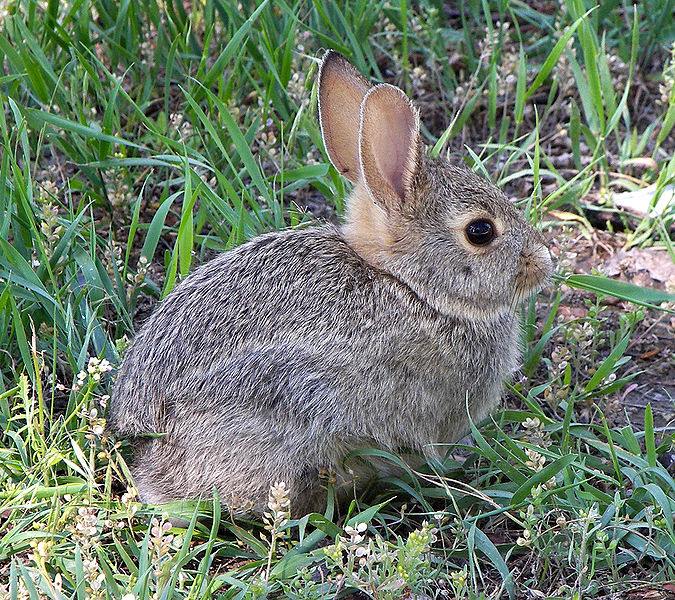Down the Rabbit Hole

The British colonization of Australia began in 1788 with the founding of New South Wales. In 1850, the population of Australians of European descent was at 400,000. By 1859, it had more than doubled, breaking the one million barrier. One of those people was a man named Thomas Austin, a 44 year old who had come over with his family in 1831. Austin and his wife, Elizabeth Phillips Harding, did their part to help the population expansion, having 11 children — and causing the birth of about ten billion rabbits.
Yes, ten billion rabbits.
Rabbits are native to Spain, Portugal, Morocco, and Algeria, but by the time Europeans settled Australia, rabbits had also been introduced to the British Isles and through much of Western and Northern Europe. And around the time Europeans were colonizing Australia, efforts to introduce different animals to places around the world were kicking up steam through something called acclimatisation societies. The first such group was founded in Paris in 1854, but they quickly found activists among colonists in the Americas, Southeast Asia, and Australia. Thomas Austin was one such activist, importing partridges, blackbirds, and other animals into the Australian ecosystem.
In October of 1859, he added two dozen rabbits to that list. He wanted them for hunting purposes; when he lived in England as a teen, he had spent weekends rabbit hunting, but was unable to do so in Australia because there were no rabbits to hunt. So he did what any acclimatisation fan would do, and asked his nephew to send him some. According to a report by the Western Australia Department of Agricutlure and Food, Austin did not believe there would be any repercussions from this. He was quoted as saying “The introduction of a few rabbits could do little harm and might provide a touch of home, in addition to a spot of hunting.”
He was, to say the least, wrong. Very, very wrong.
The rabbits did what rabbits do, and within a decade there were millions roaming throughout the area. The rabbits were bad for the local ecology — an invasive species eating all sorts of native plant life, potentially destroying many species of flora before they were discovered and identified by researchers. Before the century was out, area governments were offering rewards to anyone who could come up with a way to eradicate the rabbit population, and in 1901, the crown created a royal commission to investigate options. In 1907, they built a rabbit-proof fence which stretched from the north to the south, separating the western part of the country from the rest, in hopes of keeping the rabbits from spreading eastward. The fence was a failure, as rabbits were able to both jump over it or burrow under it. As the Victoria Department of Primary Industries notes, by 1926, the rabbit population of Australia hit 10 billion of the critters.
In the 1950s, Australia turned to germ warfare. They tested and ultimately released the myxoma virus among the rabbit population, a virus which causes myxomatosis among the animals. (The virus has little to no effect on people.) Myxomatosis causes listlessness, loss of appetite, fever, and potentially blindness in rabbits and often leads to pneumonia as well. An infected rabbit typically dies within two weeks of exposure to the virus. By 1954, per the link above, 99.8% of the Australian rabbit population was eradicated.
The .2% which survived were naturally resistant to the virus and, of course, they continued to breed afterward. As of 1990, the rabbit population has rebounded to about 600 million.
Bonus fact: It is illegal to keep rabbits as housepets in part of Australia. The government of Queensland bars their ownership with a maximum penalty of $30,000 Australian, but does allow some exceptions. According to this government fact sheet (pdf), permits are given to circus performers and magicians.
From the Archives: The Great Emu War: Western Australia’s attempt to curtail the spread of another animal.
Related: A home rabbit care kit — rabbit not included, but still probably not the best gift for someone living in Australia.

Leave a comment